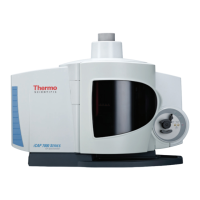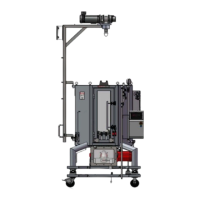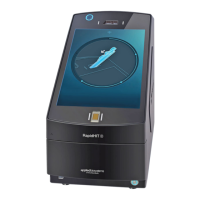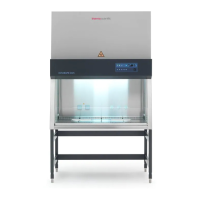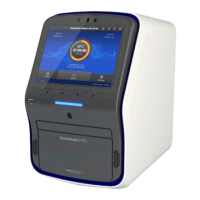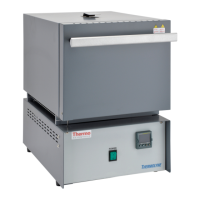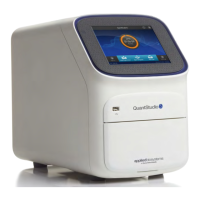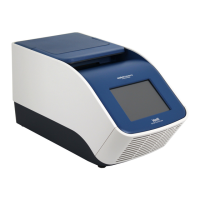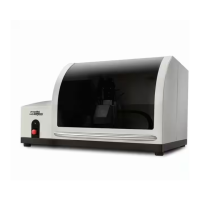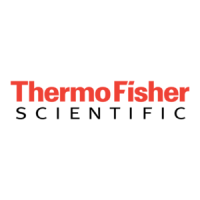
Do you have a question about the ThermoFisher Scientific iCAP 7400 and is the answer not in the manual?
| RF Generator Frequency | 27.12 MHz |
|---|---|
| Software | Qtegra Intelligent Scientific Data Solution (ISDS) |
| RF Power | 750 - 1600 W |
| Type | Inductively Coupled Plasma Optical Emission Spectrometer (ICP-OES) |
| Detection Limits | μg/L level (ppb) |
| Operating Temperature | 15-30°C |
| Nebulizer Types | Concentric, V-groove |
| Spray Chamber | Cyclonic spray chamber |
| Detector | CCD (Charge-Coupled Device) |
| Optical System | Echelle spectrometer |
Lists mandatory accessories for the iCAP 7000 Plus Series ICP-OES that must be ordered or supplied.
Provides detailed characteristic properties and specifications for the iCAP 7000 Plus Series ICP-OES models.
Covers the sample introduction system, including center tube options, nebulizers, and pump tubing.
Defines the intended use of the iCAP 7000 Plus Series ICP-OES and its operating guidelines.
Outlines essential safety precautions related to the high voltage and electrical systems of the instrument.
Provides instructions on how to shut down the system safely in an emergency situation.
Highlights potential residual hazards such as toxic gases, suffocation, pinch points, hot surfaces, and chemicals.
Presents general safety guidelines to be followed during the installation of the ICP-OES system.
Covers environmental, electrical, gas, and other requirements for installing the ICP-OES system.
Provides an overview of site requirements, including location, electrical supply, and gas connections.
Presents general safety guidelines to be observed while operating the iCAP 7000 Plus Series ICP-OES.
Explains the importance of instrument optimization based on samples and method requirements.
Presents general safety guidelines to be followed when troubleshooting the ICP-OES system.
Addresses common issues with plasma ignition, including causes and solutions.
Discusses potential causes for the plasma going out unexpectedly and how to identify them.
Provides guidance on resolving issues related to analytical results, focusing on sample introduction.
Details troubleshooting for specific analytical problems like poor precision, accuracy, and detection limits.
Outlines general safety guidelines to be followed when performing maintenance tasks on the instrument.

